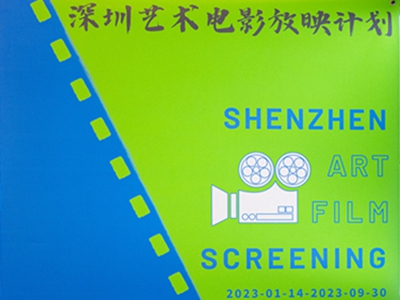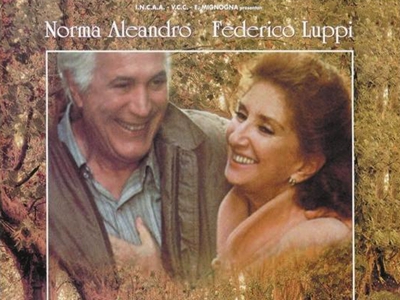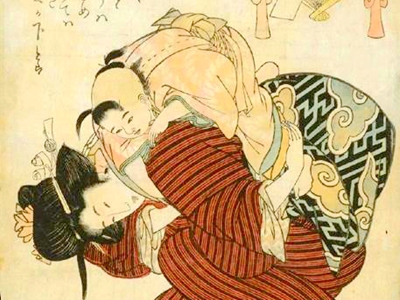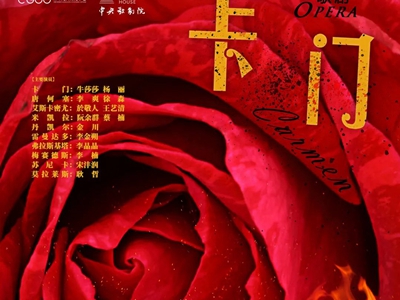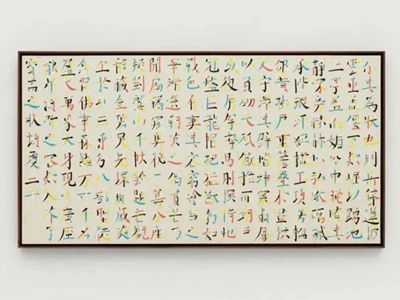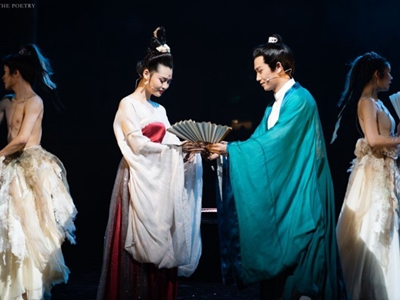For the love of art films
The Shenzhen Art Film Screening project has captivated local moviegoers since January thanks to its carefully curated, globe-spanning selection of exciting and visionary films by established and aspiring directors, as well as inexpensive tickets and inspirational talks between filmmakers and audience members.
Enjoy Argentine movies at Broadway Cinematheque
Seven Argentine movies will be shown at the "Un Lugar en el Mundo" ("A Place in the World") event from Feb. 25 to March 7 at the Broadway Cinematheque. All the movies are in Spanish with Chinese subtitles.
Ukiyo-e prints shown at Longhua Library
Locals can enjoy a free Japanese ukiyo-e print exhibition at Longhua Library, showcasing works by 16 masters, including Katsushika Hokusai, Utagawa Kuniyoshi, Utagawa Hiroshige and Kitagawa Utamaro. The works are from China Printmaking Museum.
National opera troupes to grace Longgang
The China National Opera House and the China National Opera & Dance Drama Theater will grace Longgang during the Second Longgang Opera Week.
Creative calligraphic works 'Flourish' at Gallery MC
Creative calligraphic works by Chinese artist He Chi are on display at the "Flourish" exhibition at the Gallery MC in OCT-LOFT.
Pingshan Theater to stage "The Throne and the Poetry"
The Chinese musical "The Throne and the Poetry" will be staged at Pingshan Theater.
